Rising Demand for Fuel Efficiency
The Automotive Engine Cradle Market is experiencing a notable increase in demand for fuel-efficient vehicles. As consumers become more environmentally conscious, manufacturers are compelled to innovate and enhance engine designs. This shift towards fuel efficiency often necessitates the use of advanced engine cradles that can support lighter engines while maintaining structural integrity. According to recent data, the automotive sector is projected to witness a compound annual growth rate of approximately 4.5% in the next five years, driven by the need for reduced emissions and improved fuel economy. Consequently, the Automotive Engine Cradle Market is likely to benefit from this trend, as manufacturers seek to optimize engine performance without compromising on weight.
Increasing Focus on Safety Standards
The Automotive Engine Cradle Market is also being driven by an increasing focus on safety standards in vehicle design. Regulatory bodies are imposing stricter safety regulations, compelling manufacturers to enhance the structural integrity of engine cradles. This focus on safety is not only about compliance but also about consumer expectations for safer vehicles. As a result, manufacturers are investing in research and development to create engine cradles that can withstand greater stress and impact. Data suggests that the automotive safety market is projected to grow at a rate of 5% annually, which will likely influence the Automotive Engine Cradle Market as companies strive to meet these heightened safety requirements.
Growth in Electric Vehicle Production
The Automotive Engine Cradle Market is poised for growth due to the increasing production of electric vehicles (EVs). As automakers pivot towards electrification, the design and manufacturing of engine cradles must adapt to accommodate electric powertrains. This transition is not merely a trend; it represents a fundamental shift in automotive engineering. Data indicates that the EV market is expected to expand significantly, with projections suggesting that by 2030, electric vehicles could account for over 30% of total vehicle sales. This surge in EV production necessitates specialized engine cradles that can support the unique requirements of electric motors and battery systems, thereby driving demand within the Automotive Engine Cradle Market.
Technological Advancements in Manufacturing
Technological advancements in manufacturing processes are significantly influencing the Automotive Engine Cradle Market. Innovations such as 3D printing and automated assembly lines are enhancing production efficiency and precision. These technologies allow for the creation of more complex and lightweight designs, which are essential for modern engine cradles. Furthermore, the integration of smart manufacturing techniques is expected to reduce production costs and lead times. As a result, manufacturers are likely to invest in these advanced technologies to remain competitive. The Automotive Engine Cradle Market stands to gain from these developments, as they enable the production of high-quality components that meet the evolving demands of the automotive sector.
Expansion of Automotive Production Facilities
The Automotive Engine Cradle Market is benefiting from the expansion of automotive production facilities across various regions. As manufacturers seek to increase their production capacity to meet rising consumer demand, new plants are being established, particularly in emerging markets. This expansion is not only about increasing output but also about enhancing technological capabilities and improving supply chain efficiencies. Recent reports indicate that automotive production is expected to rise by 3% annually, which will likely lead to increased demand for engine cradles. Consequently, the Automotive Engine Cradle Market is positioned to experience growth as manufacturers ramp up production to capitalize on these opportunities.


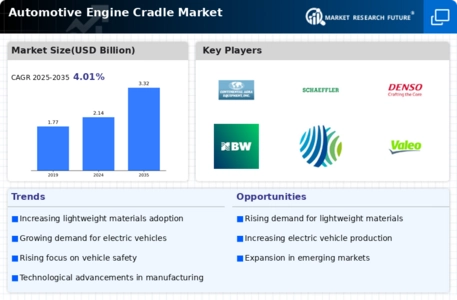
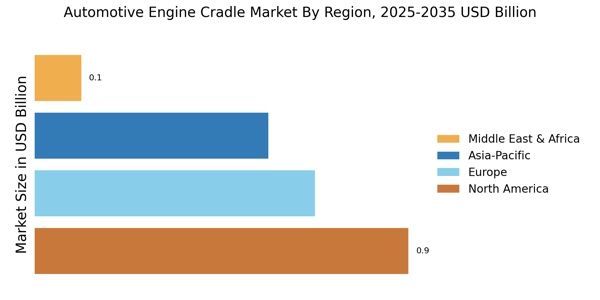
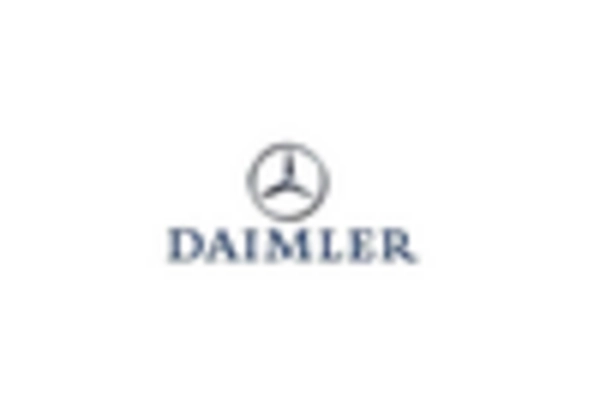

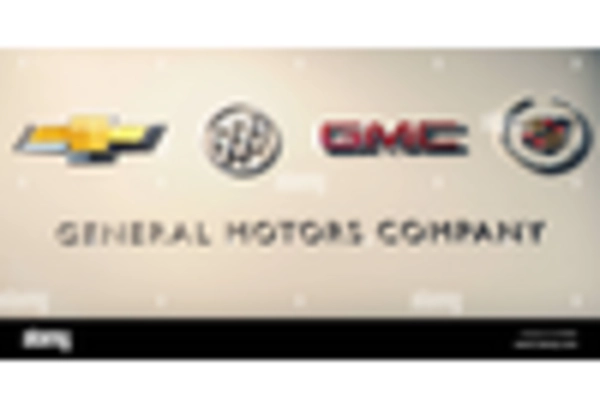
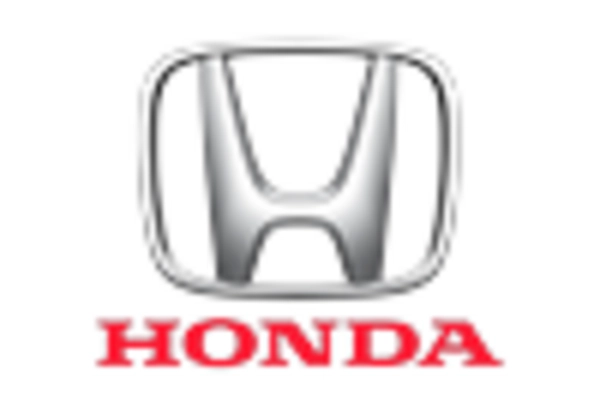

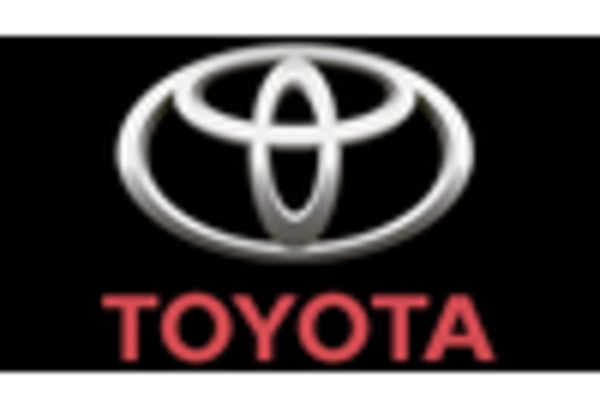








Leave a Comment